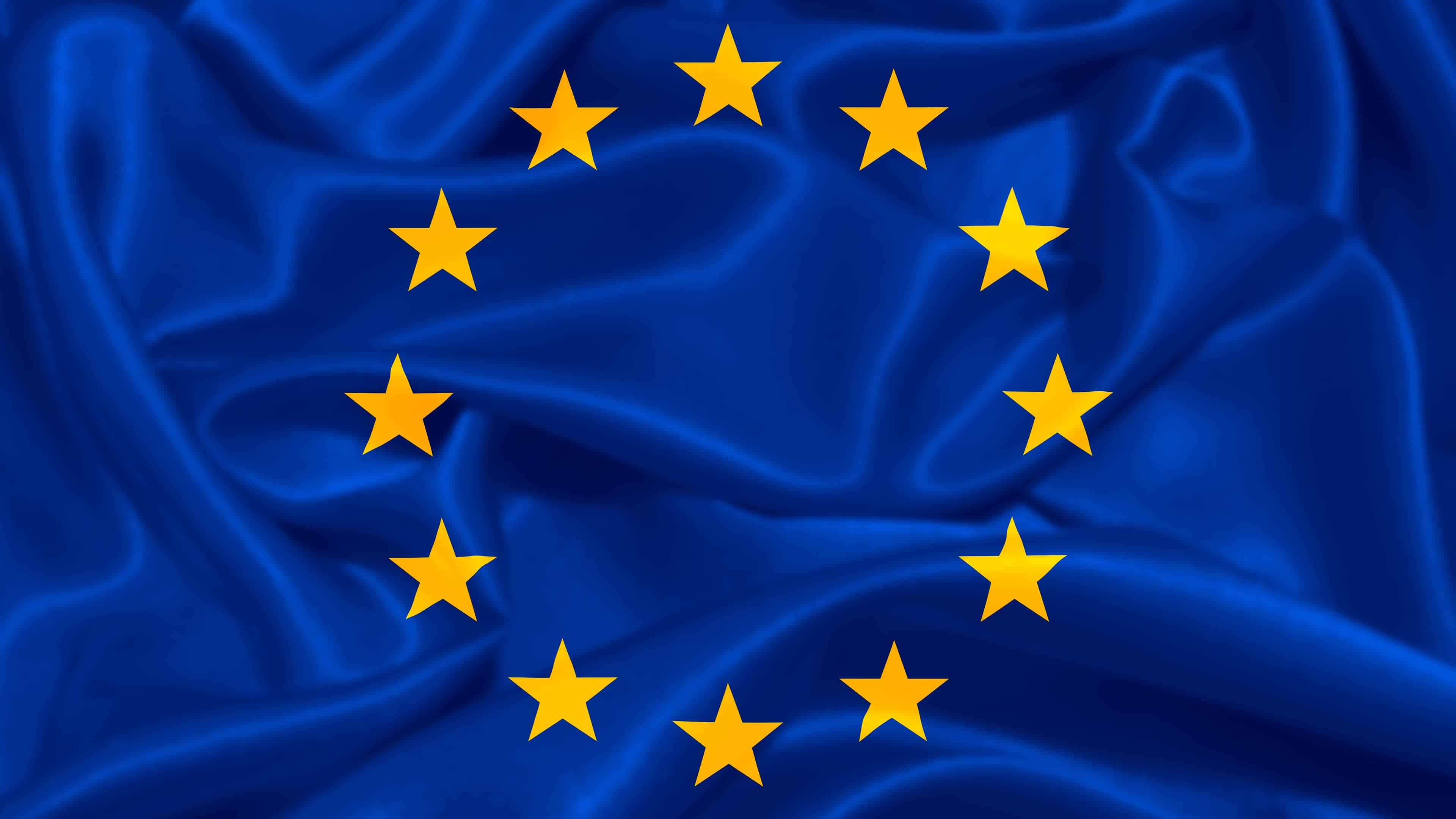While photovoltaics (PV) play an increasingly central role in Europe’s clean energy transition and energy independence, a hidden vulnerability threatens this progress: the software-based remote access to inverters, the critical “brains” of any PV system.
“Today, over 200 GW of European PV capacity is already linked to inverters manufactured in China – the equivalent of more than 200 nuclear power plants,” said Christoph Podewils, the European Solar Manufacturing Council (ESMC) Secretary General.
“This means Europe has effectively surrendered remote control of a vast portion of its electricity infrastructure.”
[…]
Further concerns include:
- 70% of all inverters installed in 2023 came from Chinese vendors, mainly Huawei and SunGrow.
- These two companies alone already control remote access to 168 GW of PV capacity in Europe (DNV Report, p. 40), by 2030, this figure is projected to exceed 400 GW – comparable to the output of 150–200 nuclear power plants.
- One of these vendors [China’s Huawei] is already banned from the 5G sector in many countries and is currently under investigation in Belgium for bribery and corruption.
[…]
In light of these findings, the ESMC calls for the immediate development of an EU “Inverter Security Toolbox”, modeled after the successful 5G Security Toolbox. This would involve:
- A comprehensive risk assessment of inverter manufacturers.
- A requirement that high-risk vendors must not be permitted to maintain an online connection to European electricity systems.
- Consideration of outright bans for such vendors from connecting to the grid.
- A replication of Lithuania’s proactive legislation – banning inverters from China – across all EU Member States – ensuring security measures apply to PV systems of all sizes.



The biggest problem with Chinese tech is the threat of blackmail, very much the same as Russia has done in the past with oil and gas.